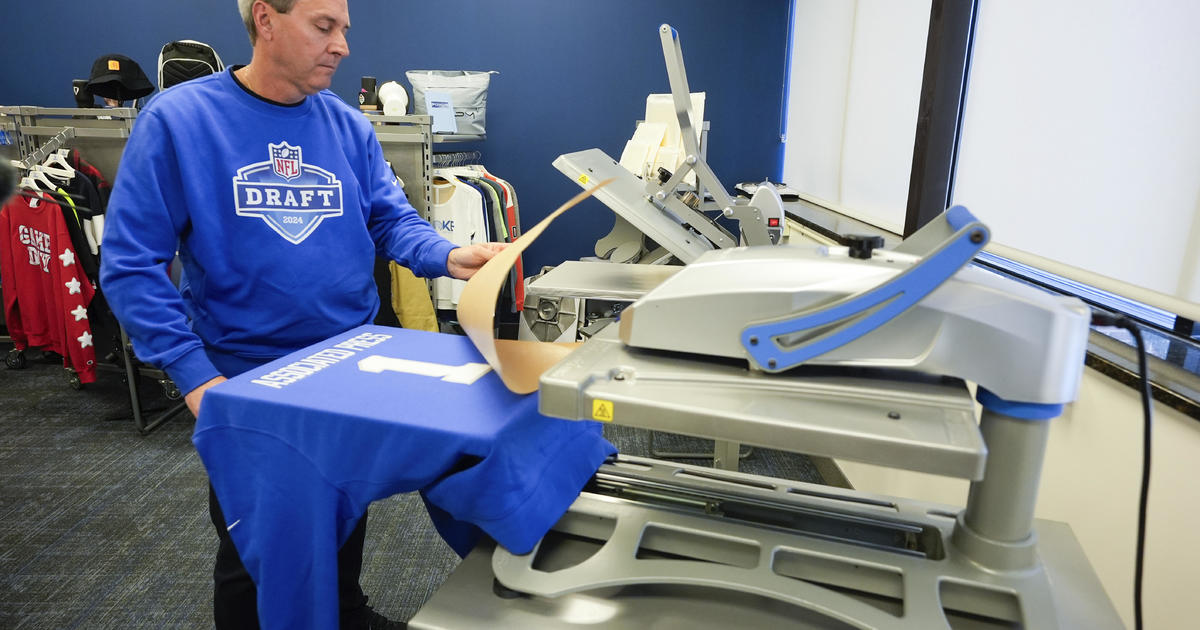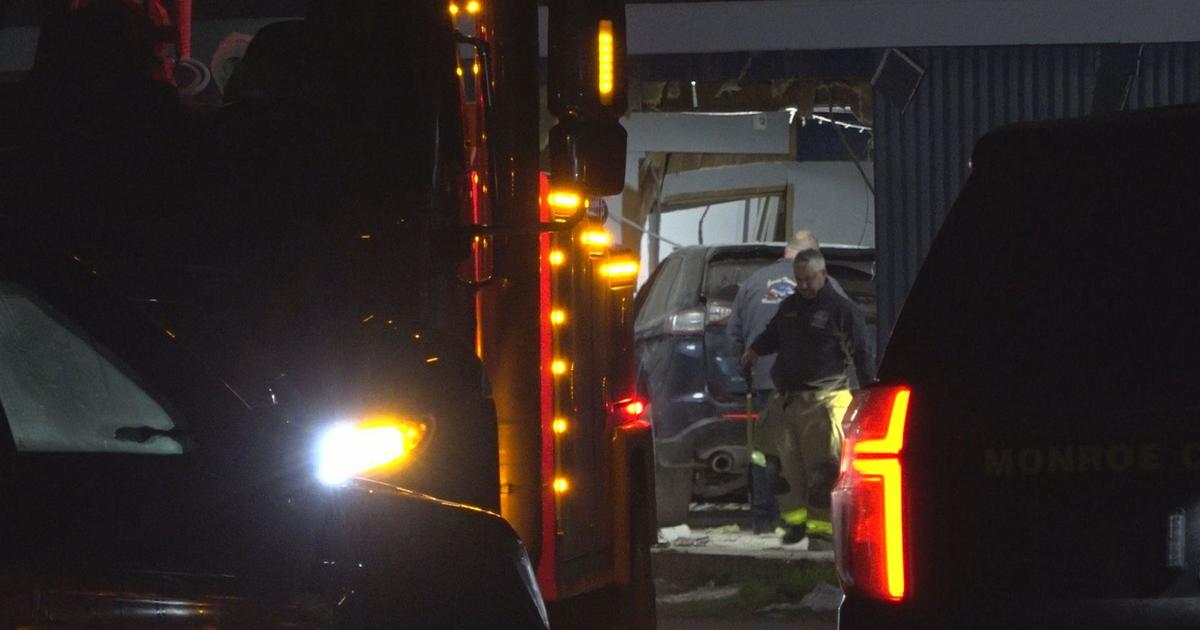Ford Starts Work On Michigan Central Station: Here's What Happens First
DETROIT (Patch) Changes are coming to the Michigan Central Station. Ford Motor Company officials announced Tuesday that the automaker is beginning the first phase of construction at the famous Corktown building.
To begin, Ford plans to winterize the 105-year-old building. The building needs to be dried out from extensive water damage it sustained over the years and stabilizing the structure will be necessary before any further work can be done, the automaker said.
TRENDING: Today Is The First Day For Legal Pot In Michigan
Ford purchased the historic train station earlier this year, announcing the big changes for the dilapidated yet iconic structure. The last train left Michigan Central Station in 1988 and it has stood vacant ever since.
Ford is expected to complete a massive revitalization project at the station by 2022. The site will become a 1.2-million-square-foot innovation campus where Ford and its partners will work on autonomous and electric vehicle businesses, and design urban mobility services and solutions.
The project will bring about 2,500 Ford employees to Corktown, most from the company's mobility team, and an additional 2,500 jobs with Ford's partners and suppliers, according to the automaker.
In November, Ford announced Quinn Evans Architects will lead the design work, while Christman and Brinker are teamed up in a joint venture to serve as construction manager for the Corktown transformation project.
Below are the project details Ford released on Tuesday:
Ford's first steps in Corktown
An essential first step
Abandoned in 1988, Michigan Central Station has sustained decades of damage from rain and freeze-thaw effect, a process in which temperature changes from freezing to thawing expand cracks and holes in the masonry.
The structure soaked up tons of water over the years and steps must be taken to dry out the building, assess the damage, and plan for repairs and restoration. Leaving the building exposed through another winter would accelerate damage to walls, floors, ceilings and the structure's historic fabric. A combination of plywood and tarpaulin will be used to cover open windows and exterior holes on the roof of the massive 600,000-square-foot structure to prevent more rain and inclement weather damage.
A series of pumps will be installed in the basement to prevent further flooding and fans will be placed to circulate air through the building. Using natural ventilation and evaporation is the best way to dry out the building rather than rapid heating systems, which could cause irreparable harm to historic features.
"The building is very lucky Ford stepped in when it did," said Ronald D. Staley, executive director of the Christman-Brinker joint venture selected as the construction manager for the project. "It would have been a lot more difficult, maybe impossible five to 10 years down the road to salvage. The first year is going to be primarily about doing core and shell work, getting the building stabilized, concrete and steel fixed, and the building enclosed."
TRENDING: Michigan Toddler Dies In Makeshift Playpen
A three-phase processOnce the building is dried out – a process that will take around six months for the majority of the structure – the construction team will move on to the second phase, which includes replacing mechanical and electrical systems and restoring the exterior masonry.
The train station is comprised of eight acres of masonry and certain aspects of repair and restoration can only be done in good weather.The final phase will focus on finishing the interior, returning the waiting room to its original grandeur, and restoring plaster and other decorative pieces.
Ford plans to use 3D printing to create the various molds and mockups that will be required in replicating the many historic elements that have deteriorated over the years or are missing. It also includes creating new office space, new areas for public interaction and new retail space.
More visible signs of the building's transformation will begin next summer when an extensive scaffolding system goes up and an exterior construction lift is added to the east end of the station. The masonry work is expected to take three summers.
Click here to continue.



